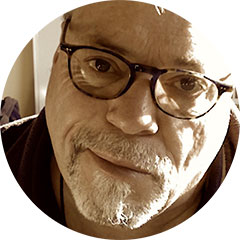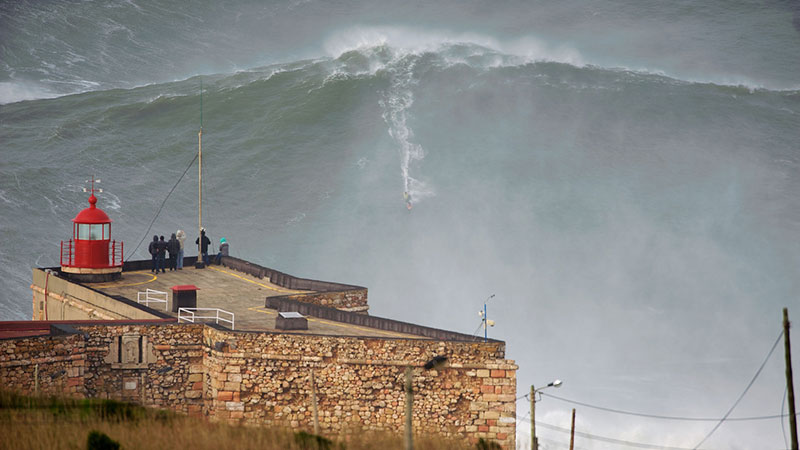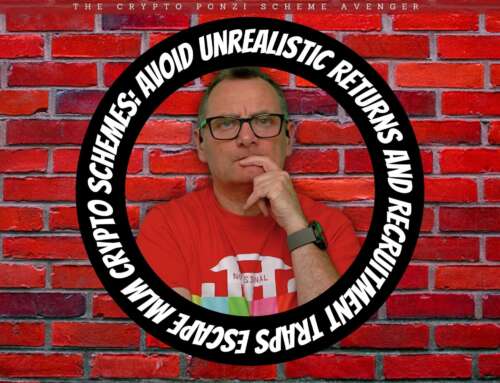
- Start with what you know.
- Read around your subject.
- Decide where you want to go and work backwards.
As professionals who have decided that what we know has commercial value, the first one is a given. Yet all too often we can become complacent. Our confidence in ourselves and our abilities needs constant re-evaluating in our technologically-driven, fast-changing, innovative-today-and-obsolete-tomorrow world. We can be ahead of the pack at one point and then yesterday’s consultant the next. I used to be an expert in computer colour management – I wrote articles on it and people came to me for advice. One of the major film manufacturers came to me for advice on how to use their own colour management software! That was 20 years ago. Today I have to get an ARA fine arts student to show me how it’s done. I moved on in a different direction, and it moved on and evolved as it went, and now I’m the one getting the advice I used to give. So, by all means start with what you know, but don’t neglect the professional development required to maintain and expand it.
This leads to the second point – read around your subject. This is particularly important in today’s world when everything is about convergence. I gave a talk at CPIT once when digital photography was in its infancy, and predicted that the day will come when the difference between still photography and video, was a button on the camera. The tutor scoffed at it – today it’s a standard feature on your phone! I later wrote an article on the future of photography, trying to make sense of the convergence of the time. Looking back I got it almost completely wrong – but it made sense at the time and was the beginning of my writing career. And because I also had a background in the pre-press industry, I understood photography from both the taking and the reproduction sides, and therefore the – often conflicting – requirements of both. I understood the bigger picture – pardon the pun – and not just my part of it. So who do you rub shoulders with? Get to know and understand their contribution to your professional world, and your credibility will be greatly enhanced. And by extension, your profitability.
It is said that when NASA set out to put a man on the moon, they started by assuming that they had got there, and then figured out how they had achieved it. They started with the outcome and worked backwards. This is just basic goal setting, yet sometimes they aren’t as clearly defined as they should be, with the result being that the means and the method are also unclear. In NASA’s case, they had 2 parameters – a goal and a time frame – a man on the moon by the end of the decade. They also had a very large budget and political motivation – this was the era of the Cold War and the USSR was perceived to be winning. And while our stakes might not be quite so high, we do have competitors with similar goals based on similar motivation and performance standards. So, the clearer the goals, the clearer the plans, priorities and decisions, the less stress and the more confidence you have – each of which your clients notice and which gives them greater confidence in you and their decision to engage you. Your goals – stated or not – makes you more attractive as a professional. And by extension, more profitable.
In the end though, what makes you stand out from your contemporaries? You’re competent and technically aware – so are they. You’re competitive and believe in exceeding expectations – so do they. So where’s your edge? What brings your clients to your door as opposed to your competitors? We hear the word ‘smart’ a lot these days, and tend to use it to mean clever, more efficient, better value for money, convergent. I would suggest that this takes us back to where I started – “Challenge: EVERYTHING.” Never cease asking ‘why?’ Bring out the 2-year old in you – take nothing for granted. Convergence is not only about assimilating the past, it’s about defining the future. Start with what you know, read around it, and then ask “what if?” Define your future, and then figure out how to make it happen. In doing so you will increase your clients profitability. And by extension your own.







Leave A Comment